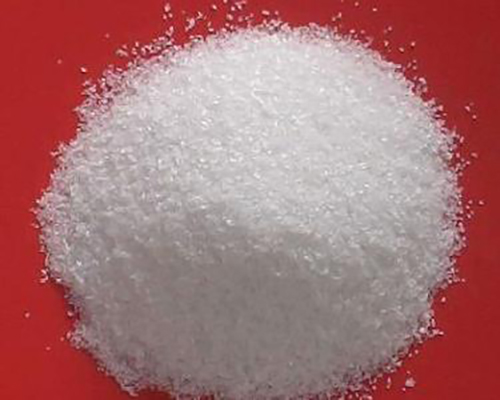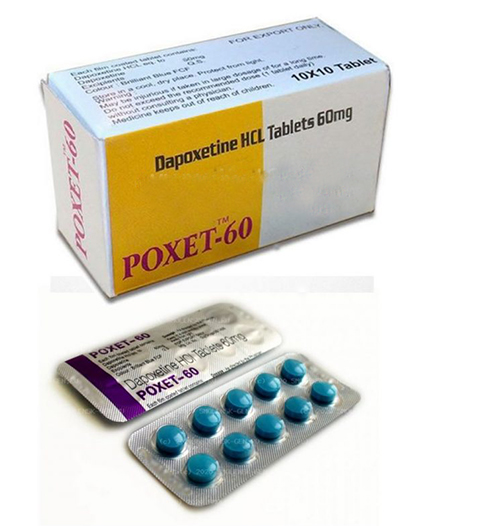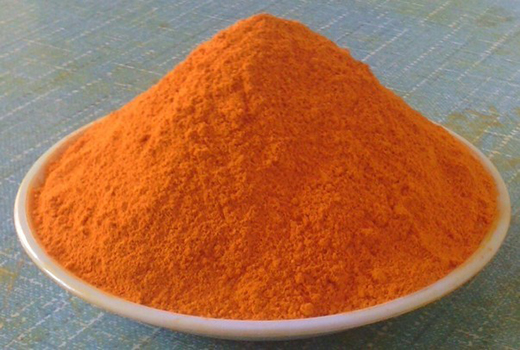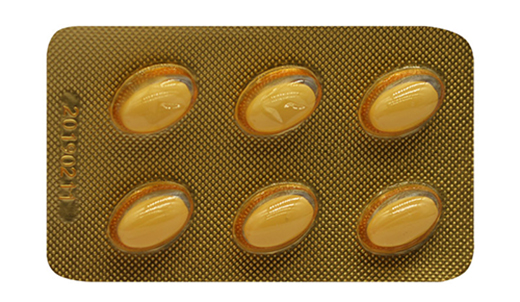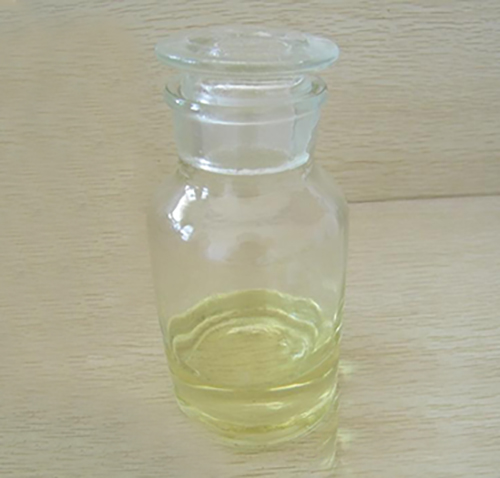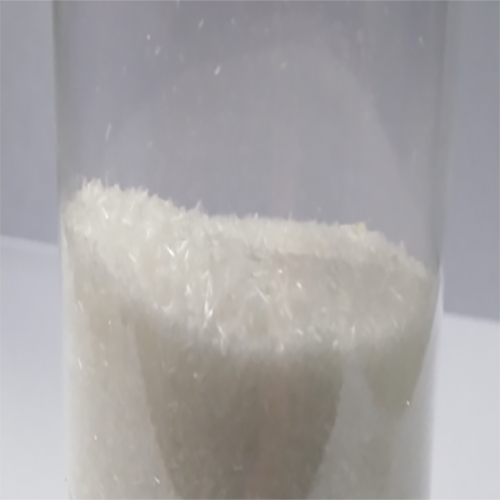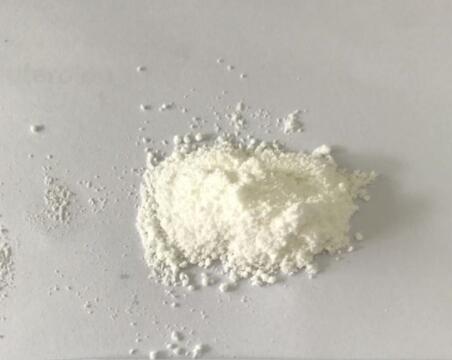Active Pharmaceutical Ingredients (API), popularly speaking, are the raw materials of medicines, only pharmaceutical raw materials are processed into pharmaceutical preparations , can they become medicines available for clinical use, so drugs we usually eat are the finished drugs through processing. Active Pharmaceutical Ingredients based on its sources can be divided into two major categories ,including chemical synthetic drugs and natural chemical drugs. Chemical synthetic drugs can be divided into organic synthetic drugs and inorganic synthetic drugs. Inorganic synthetic drugs are inorganic compounds ( very few is element), such as aluminum hydroxide, magnesium trisilicate which are used for the treatment of gastric and duodenal ulcers ; organic synthetic drugs are mainly composed of drugs made by basic organic chemical raw materials, through a series of organic chemical reactions (such as aspirin, chloramphenicol, caffeine, etc.). Natural chemical drugs ,based on its sources,can be divided into two categories including biochemical drugs and plant chemical drugs. Antibiotics are generally made by the microbial fermentation, which belongs to the biochemistry category. A variety of semi-synthetic antibiotics occurs in recent years,which are biosynthesis and chemical synthesis combining products.Among active Pharmaceutical Ingredients, the organic synthetic drugs varieties, yields and values have the largest proportion,which are the main pillars of the chemical and pharmaceutical industries. The quality of active Pharmaceutical Ingredients decides whether the formulation is good or bad , so its quality standards are very strict ,countries in the world have developed national pharmacopoeia standards and strict quality control methods for its widely used active Pharmaceutical ingredients.
Mechanism and toxicity of Amantadine
Amantadine (1-adamantanamine hydrochloride) is a tricyclic amine compound that was first synthesized from its precursor adamantane in 1941. The drug is active against type A influenza viruses, but not
Apr 11,2022 APIThe synthetic methods of hydroxylamine hydrochloride
Hydroxylamine hydrochloride is an inorganic substance, a colorless crystalline, easily deliquescence, white chemical substance, mainly used as a reducing agent and an imaging agent
Apr 11,2022 APIDapoxetine is an effective drug for the treatment of premature ejaculation
Dapoxetine, a selective serotonin reuptake inhibitor, is the first oral pharmacological agent indicated for the treatment of men aged 18–64 years with premature ejaculation.
Apr 11,2022 APIPharmacological effects of dexamethasone
Dexamethasone (DXMS for short) was first synthesized in 1957 and is listed in the WHO Model List of Essential Medicines as one of the essential medicines for the basic public health system.
Apr 11,2022 APIThe role of curcumin in food additives and preservatives
Curcumin is a natural compound with good anti-inflammatory and anticancer properties.
Apr 11,2022 APIPhysiological effects of progesterone
Progesterone, also known as progesterone hormone and progesterone hormone, is the main biologically active progesterone secreted by the ovary.
Apr 11,2022 APIThe toxicity of 2-bromoethanol
2-Bromoethanol is a colorless or light yellow hygroscopic liquid with relatively stable and toxic chemical properties.
Apr 11,2022 APIThe synthesis and application of acetamide
Acetamide is an organic compound with molecular formula C2H5NO[1], molecular weight 59.07, density 1.159.
Apr 11,2022 APIUses and side effects of Testosterone Cypionate
Testosterone Cypionate is an eight-carbon ester form of Testosterone. The number of ester carbon atoms correlate with the half-life of the prodrug. Testosterone inhibits gonadotropin secretion from th
Apr 8,2022 APIBioavailability and Toxicity of Ribavirin
Ribavirin (also known as ICN-1229, RTCA, tribavirin), an analog of guanosine, has an unusually wide spectrum of antiviral activity in vitro, perhaps the broadest spectrum against both DNA and RNA viru
Apr 8,2022 API




